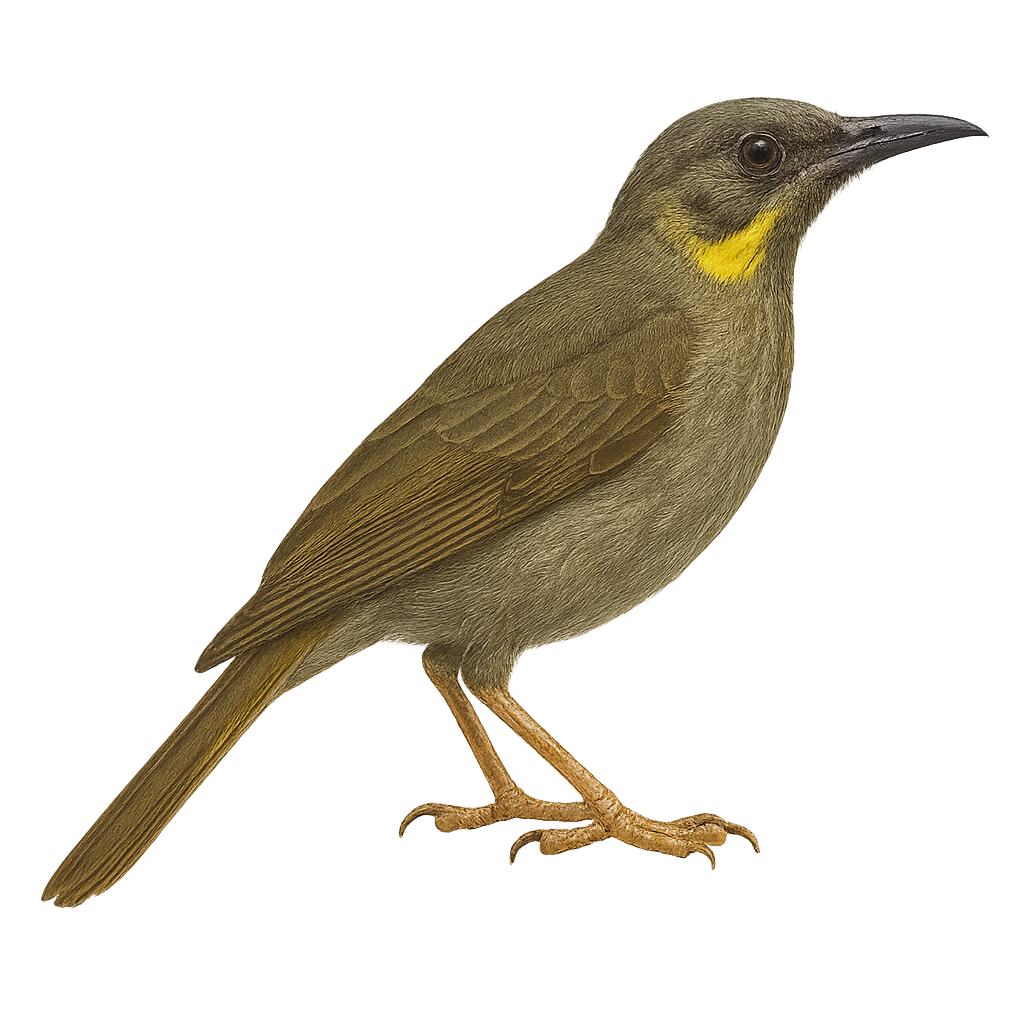Your wildlife photography guide.
Explore the wattled honeyeater in detail, study its behavior, prepare your shots.
Where to observe and photograph the wattled honeyeater in the wild
Learn where and when to spot the wattled honeyeater in the wild, how to identify the species based on distinctive features, and what natural environments it inhabits. The WildlifePhotographer app offers tailored photography tips that reflect the wattled honeyeater’s behavior, helping you capture better wildlife images. Explore the full species profile for key information including description, habitat, active periods, and approach techniques.
Wattled Honeyeater
Scientific name: Foulehaio carunculatus

IUCN Status: Least Concern
Family: MELIPHAGIDAE
Group: Birds
Sensitivity to human approach: Suspicious
Minimum approach distance: 10 m
Courtship display: September to October
Incubation: 16-18 jours
Hatchings: September to November
Habitat:
Tropical forests, gardens, wooded areas
Activity period :
Primarily active during the day, with peak activity in the morning and late afternoon.
Identification and description:
The Wattled Honeyeater, or Foulehaio carunculatus, is a medium-sized bird belonging to the Meliphagidae family. It is primarily found in the South Pacific islands, notably in Fiji, Samoa, and Tonga. This bird is distinguished by its olive-green plumage and characteristic red wattles around its head. It mainly inhabits tropical rainforests but can also be seen in gardens and wooded areas. The Wattled Honeyeater primarily feeds on nectar but also consumes insects and fruits. Its song is a mix of whistles and chirps, often heard at dawn and dusk.
Recommended lens:
300 mm – adjust based on distance, desired framing (portrait or habitat), and approach conditions.
Photography tips:
To photograph the Wattled Honeyeater, it is advisable to use a telephoto lens of at least 300mm to capture precise details without disturbing the bird. Look for it early in the morning or late in the afternoon when the light is soft and the bird is more active. Be patient and discreet, blending into the environment to avoid scaring it away. Use a tripod to stabilize your camera and achieve sharp images. Opt for fast shutter speed settings to freeze the bird's quick movements.
The WildlifePhotographer App is coming soon!
Be the first to explore the best nature spots, track rutting seasons, log your observations, and observe more wildlife.
Already 1 432 wildlife lovers subscribed worldwide

